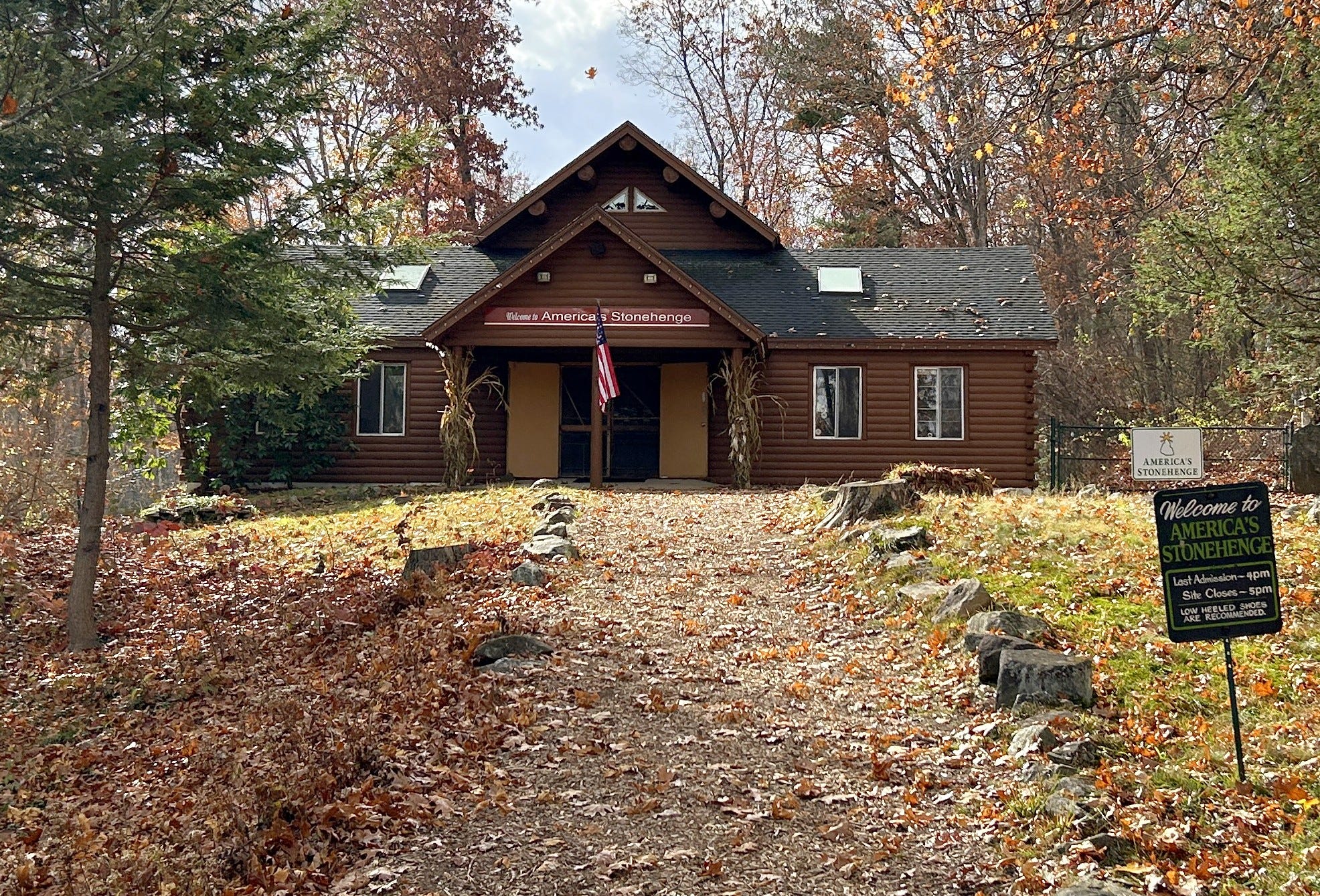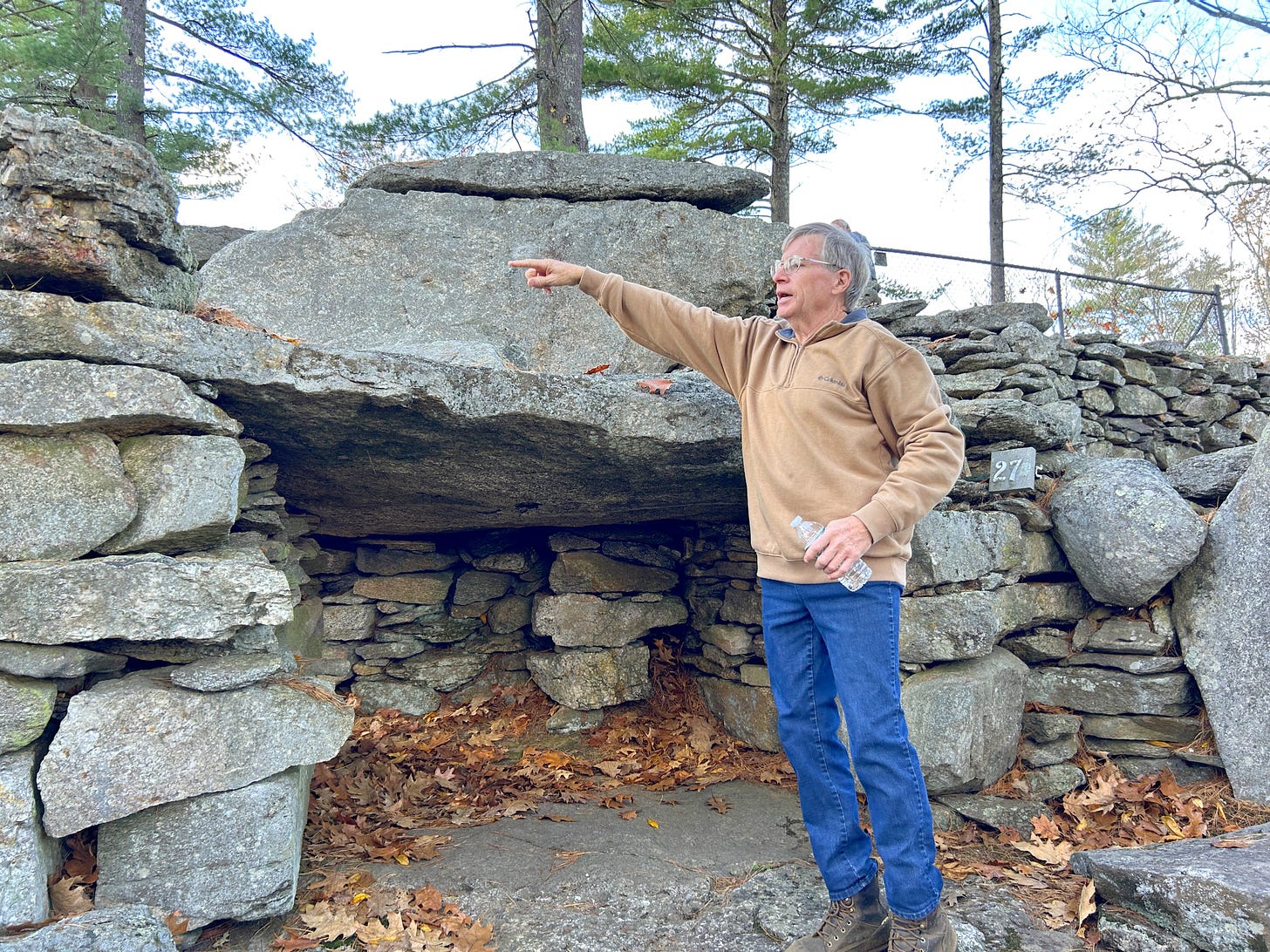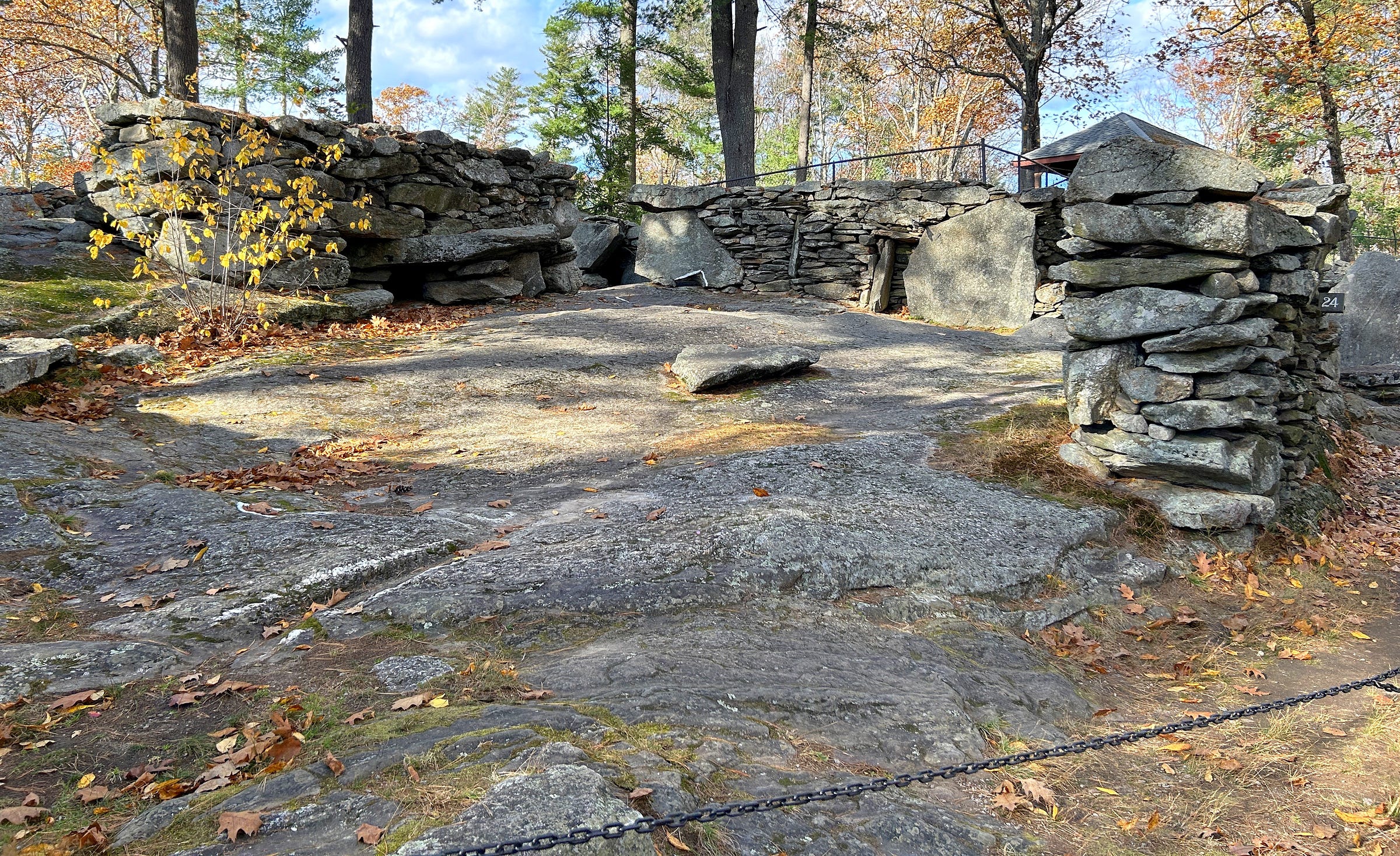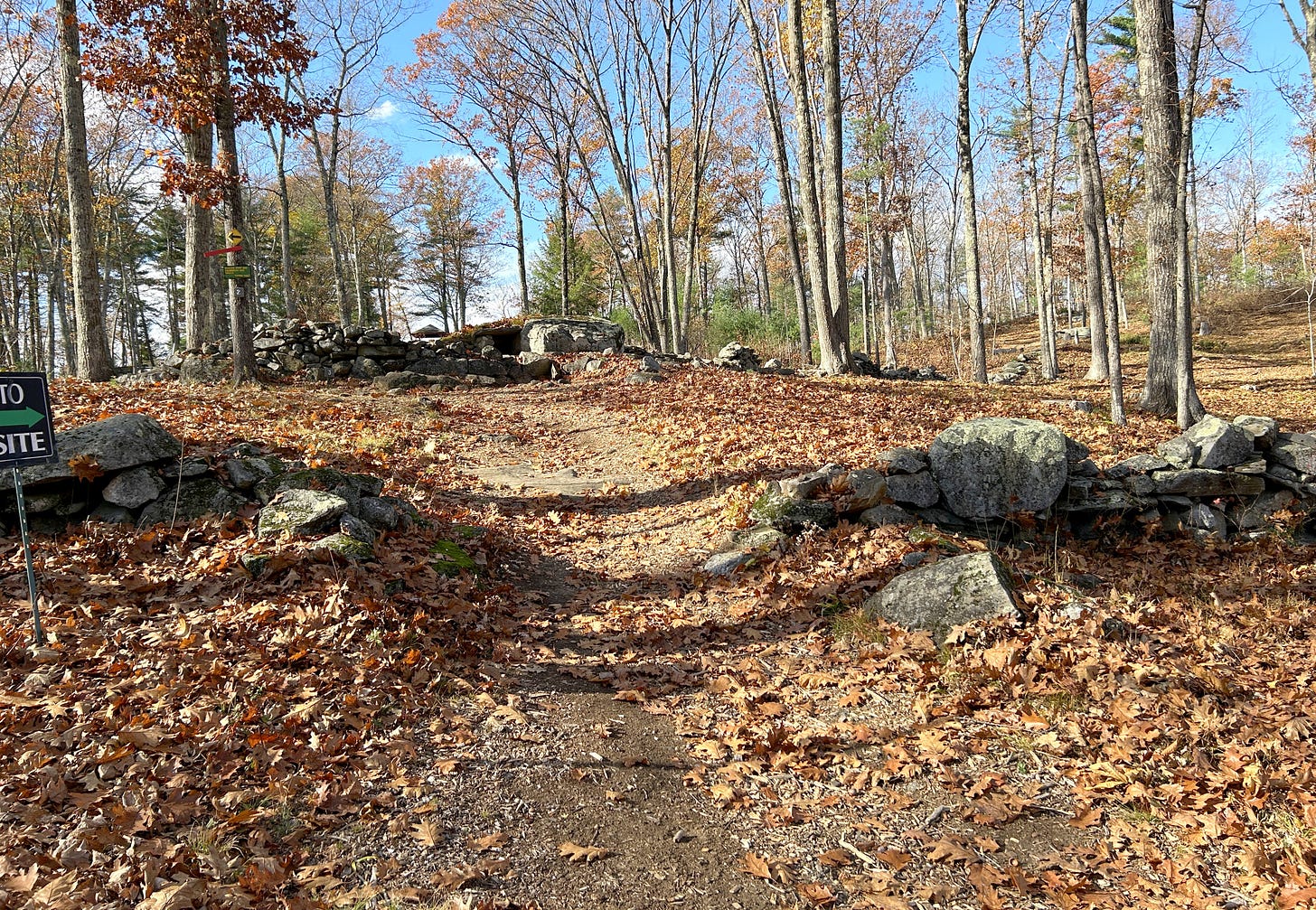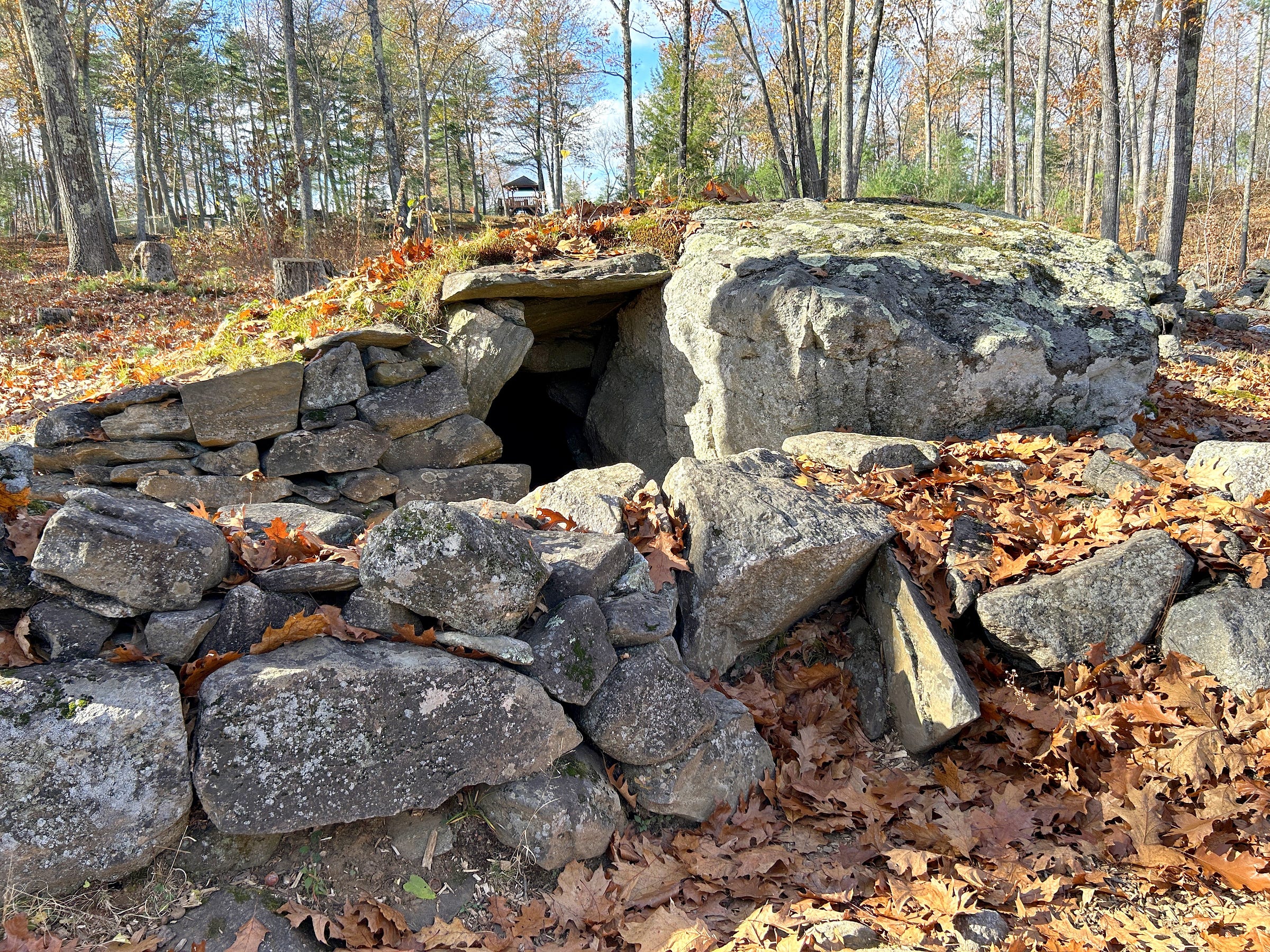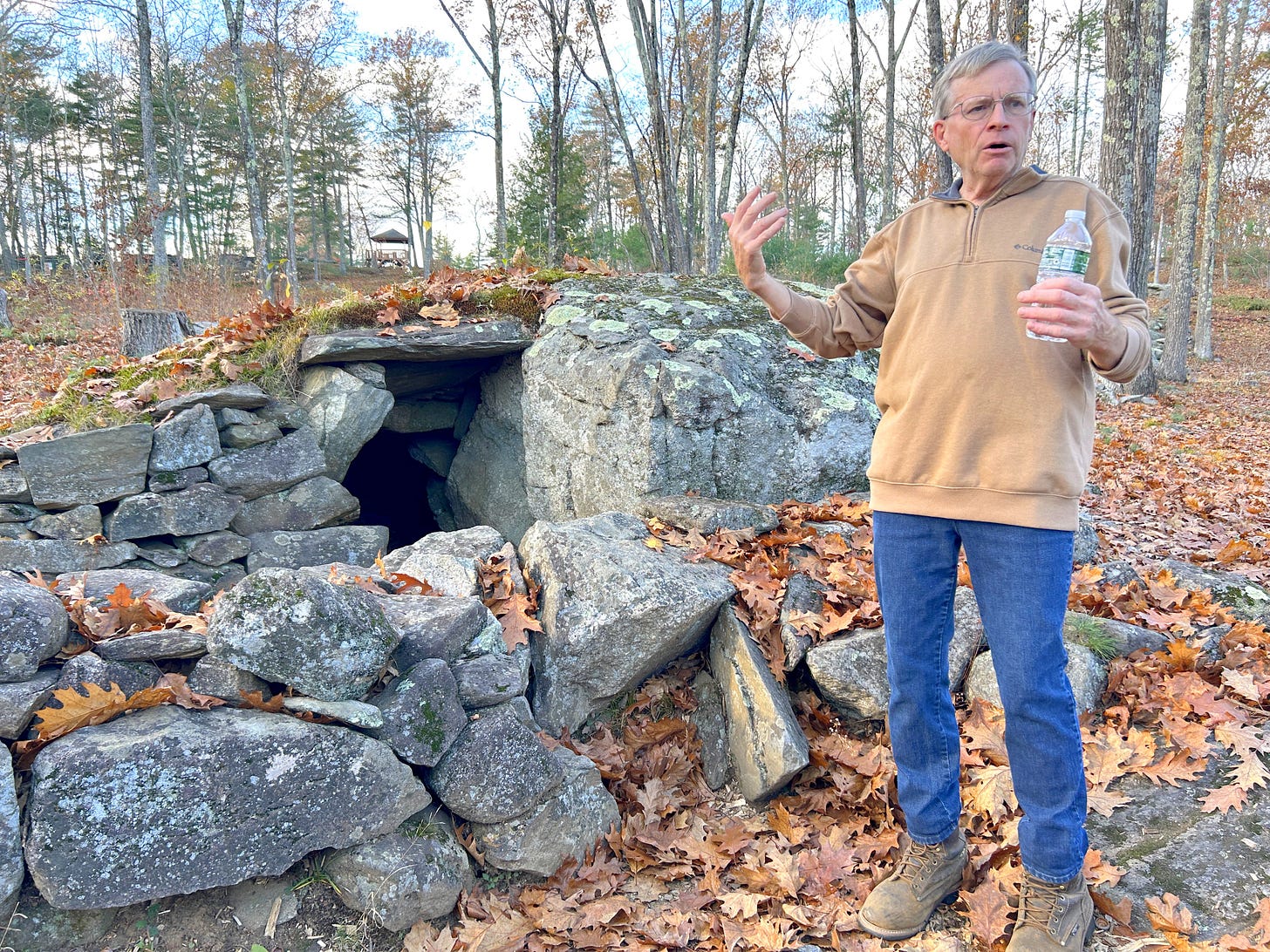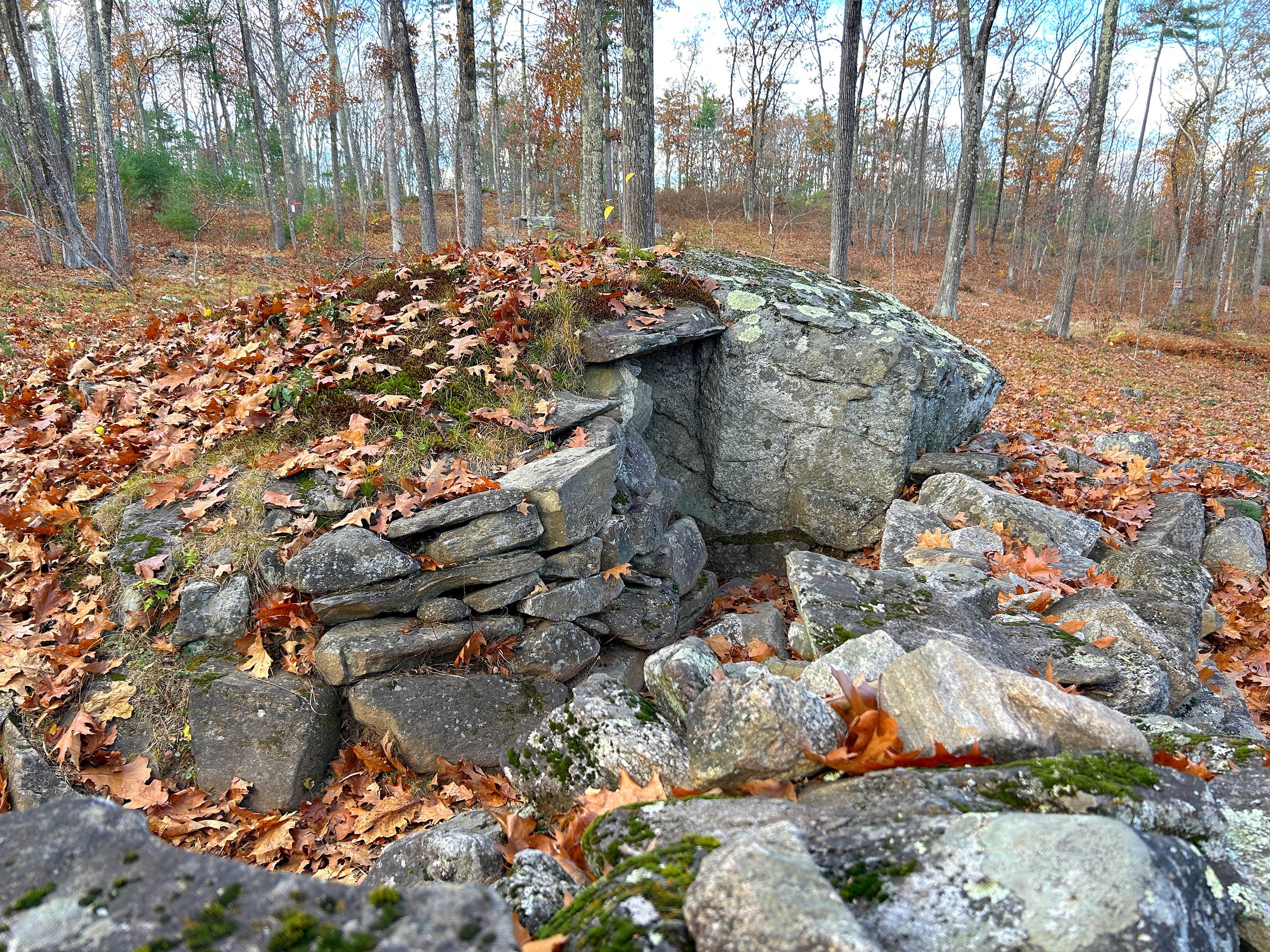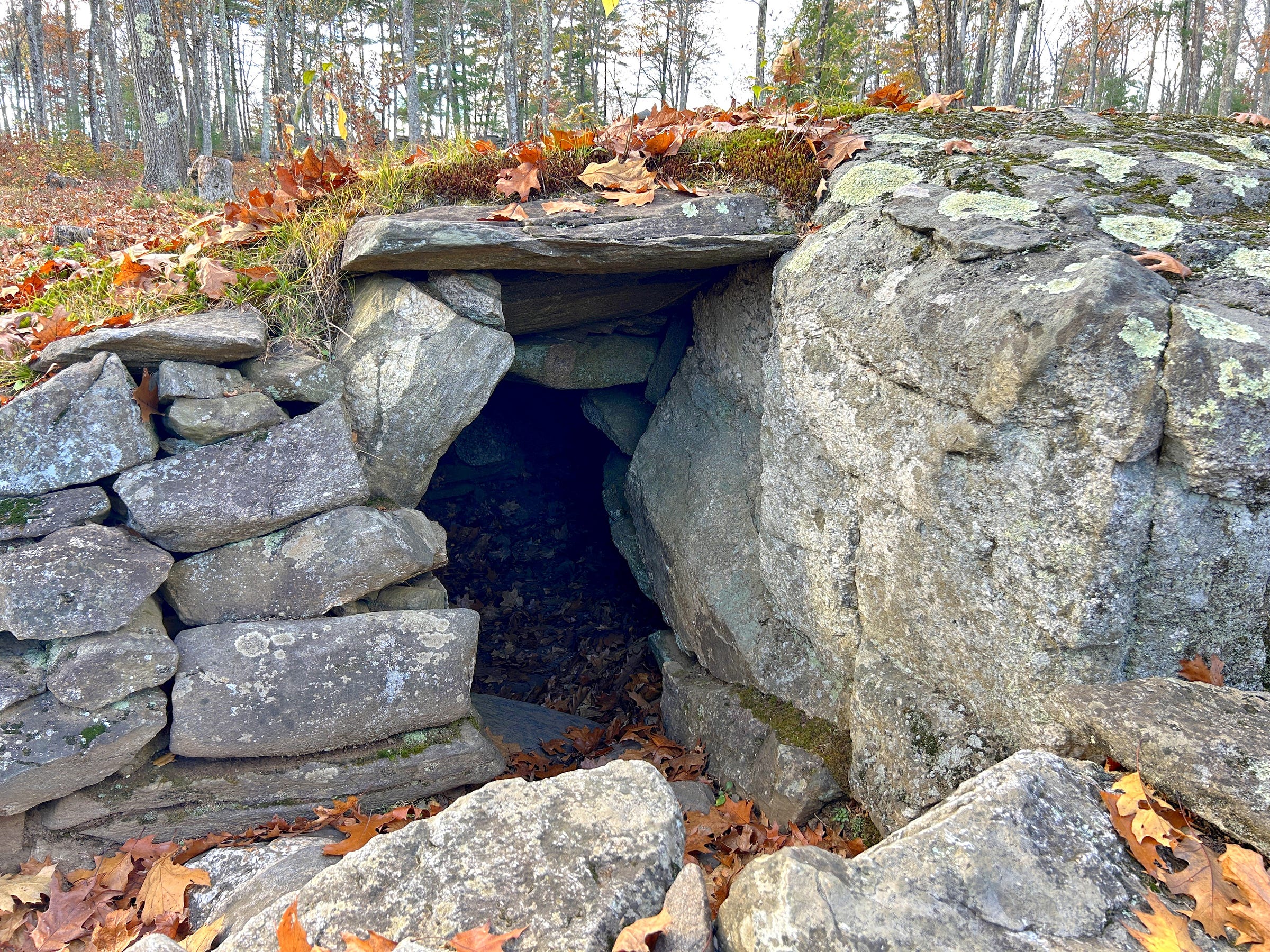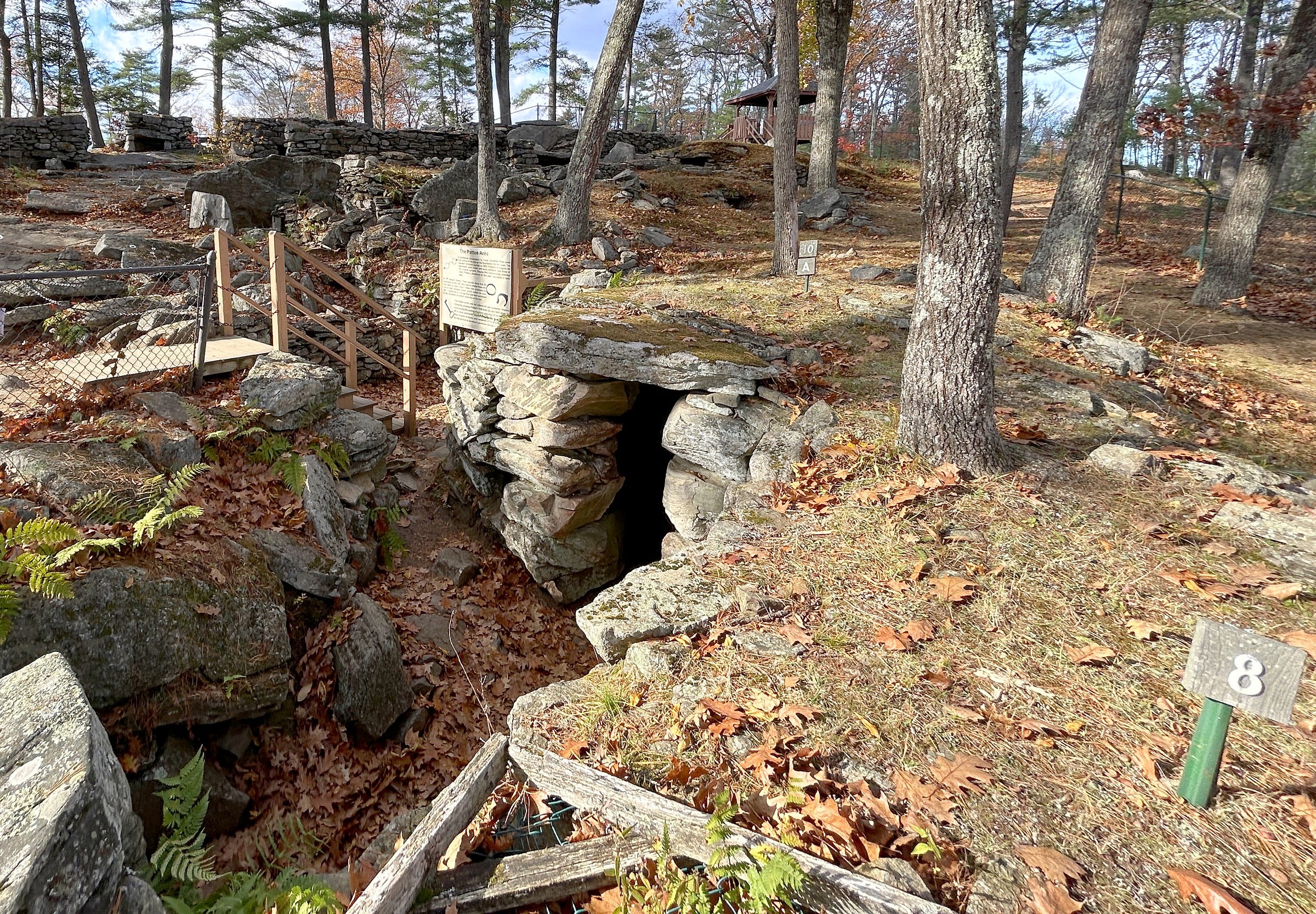Visiting "America's Stonehenge" in New Hampshire - Part Two
Touring One of New England's Better-Known Stonework Sites
America’s Stonehenge is open to the public. Learn more at https://www.stonehengeusa.com/
It’s a lot. A lot to take in. A lot of stone features. A lot of them built sort of inexplicably almost on top of each other. At first glance, there’s a nearly overwhelming amount of stonework concentrated in this one place. A lot for the brain to process!
My first visit to America’s Stonehenge in Salem, New Hampshire came on a NEARA — New England Antiquities Research Association — Field Trip in early November of 2024, part of the organization’s Fall Conference and 60th Anniversary Celebration, on an oddly warm 70 degree day. America’s Stonehenge’s President Dennis Stone and General Manager James Lacefield welcomed the group, and Dennis shared a presentation on the beginnings of NEARA — his father Robert Stone was one of NEARA’s founders back in 1964.
Dennis then graciously led the way on a tour of the site, explaining stone features and entertaining our questions and comments. James caught up a little later on to offer his expertise as the group continued to wander. They were open to discussions and seemed to attempt to approach speculation on the site with an open-minded regard in the moment. With a Field Trip full of NEARA Members, there were plenty of speculations on the stonework being shared and compared, and they engaged with folks’ ideas with patience and enthusiasm.
I’m not entirely sure what to think of this place, but can engage in my own speculations. Roughly speaking, there appear to be several layers of creation and manipulation represented.
As mentioned in Part One, it’s likely the outer-lying stonework is some of the oldest at the site, like the old stone rows with their “windows”, for example. It’s likely there are several further Indigenous layers of stonework development atop and alongside this, followed by a layer of adaptation in the 17th - 18th century as settlers built using older stonework re-purposed. Then, there’s a later reconstruction layer, as antiquarians in the 1940’s and 50’s attempted to rebuild and restore what they found at the site based on their assumptions.
The predominant work on the hill — especially the top — struck me with a sense of artifice — the look akin to stone follies. Yet, all around, sort of underneath the presumed later layers, there were other elements which appeared to be remnants of authentic, older work, shining through.
The Watch House Chamber is built into a Stone Row on the way up the hill, built up off of an anchoring boulder. Dennis suggested it could be the head of a Serpent and part of a Serpent Wall, pointing out Undulations in the Stone Row leading away from it and up the hill.
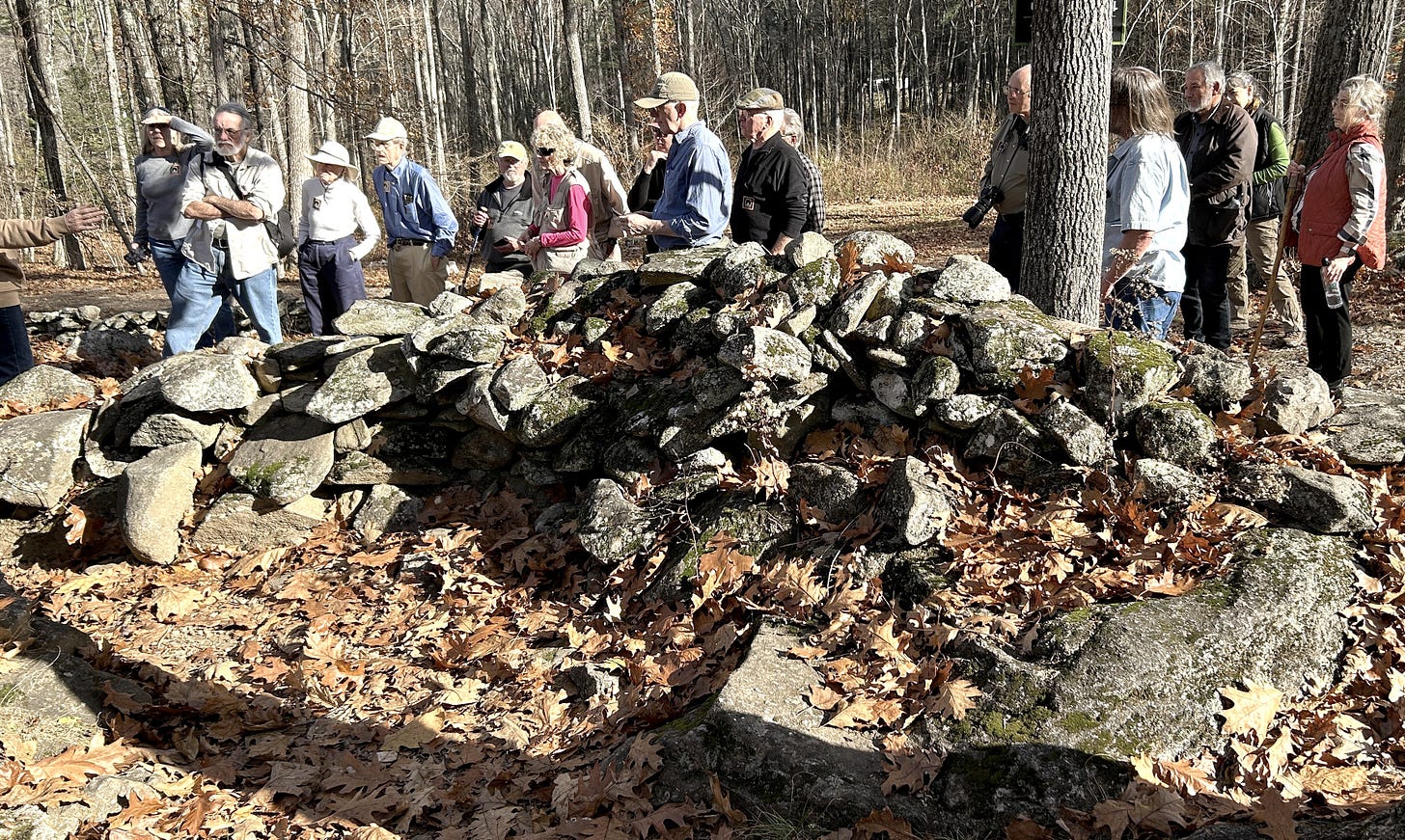
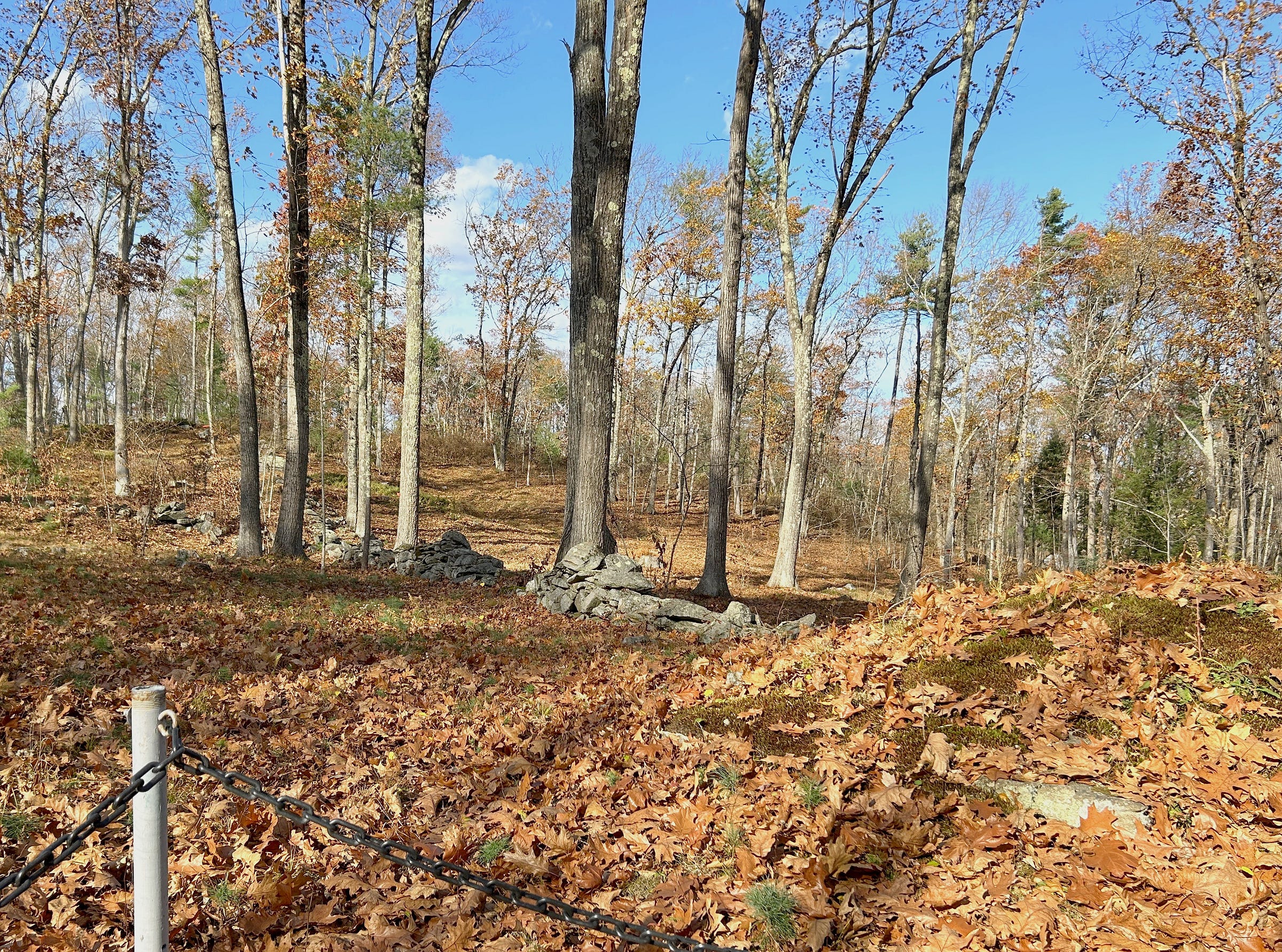
Though it was likely later used for many purposes over time, the style of the construction of this Stone Chamber and it’s possible Serpent Row-context leads me to believe it could be one of the oldest stone constructs on the site, and originally of Indigenous origin.
The construction style of the Watch House Stone Chamber is visibly different from what we see just a bit further up the hill. Especially as the first area we see on the hilltop is the Pattee Area, where the family who settled this hill used the stonework for foundations and storage.
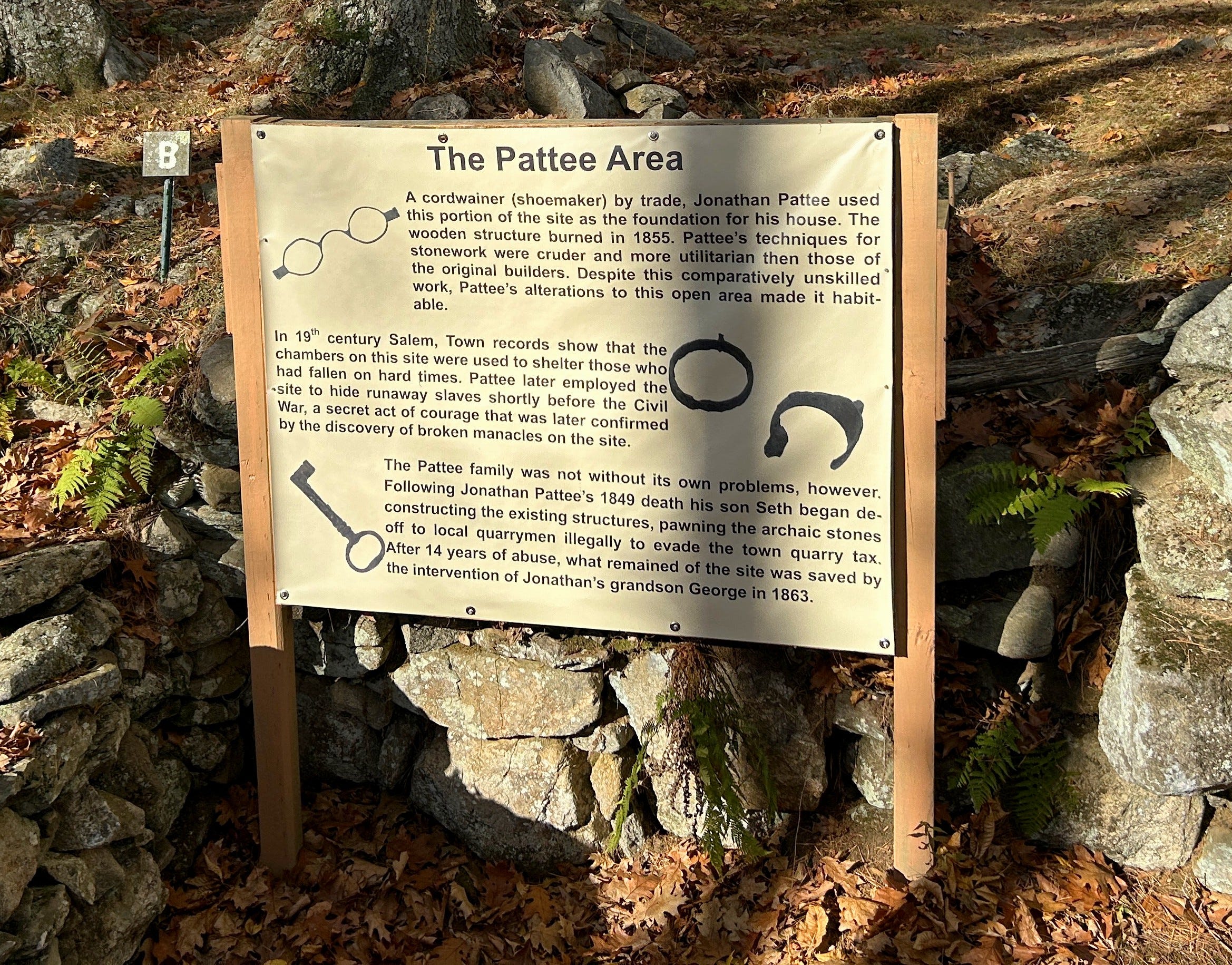
What must it have been like to live here, day-to-day, amidst all this stonework? What did the Pattee House look like? Why does it look like the Pattees adapted something older that was here before them? What was here before them? How much of the original stonework did Seth Pattee sell off? The Bastard! Sorry, just a visceral reaction.
I tried to picture normal people, average folks, doing normal things here — with some degree of success. But I couldn’t quite shake an underlying sense of strangeitude that rendered such mundane thoughts a little absurd.
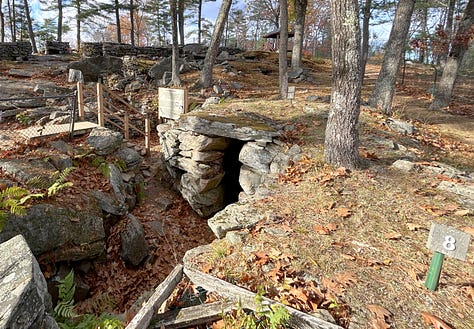
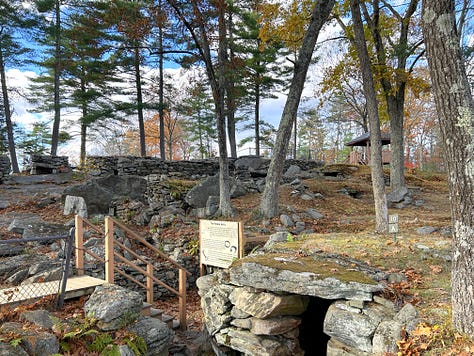
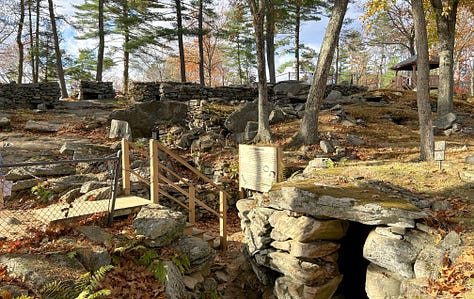
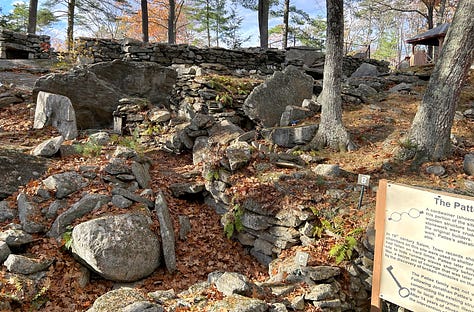
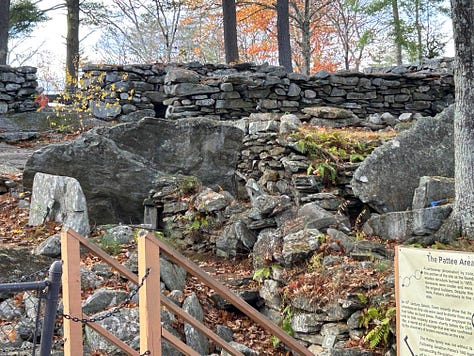
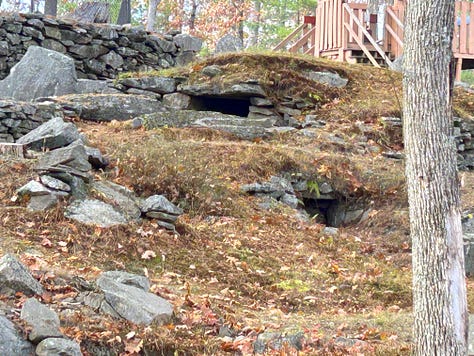
Above the Pattee Area, we come to the hilltop and the heart of the stonework at the site, with several Stone Chambers, including The Oracle Chamber, as well as the so-called “Sacrificial Table”. Though the amount of restoration performed by well-meaning antiquarians in the mid-20th Century is disputed, they did do some rebuilding work in this area.
We’ll head up through that area with our NEARA Field Trip in the third and final installment. Learn more about NEARA — New England Antiquities Research Association — at NEARA.org.
These articles on our NEARA Field Trip to America’s Stonehenge are free, shared non-commercially for educational purposes. I hope you’re reading this for free on my Substack and not on some pirate site that charged you for it. Interested in New England’s ancient stonework? Please consider becoming a Free or Paid Subscriber to this Substack “Newsletter” for access to all my articles and videos.
Thanks for reading!





